On August 10th I posted about providing internet service to Rosslyn’s icehouse via Starlink. Our local service provider was recently acquired by Spectrum, and given our lackluster service we decided to explore an alternative as a standalone solution for the icehouse. Now that we’ve been Starlinked for over a month I’d like share a connectivity update.
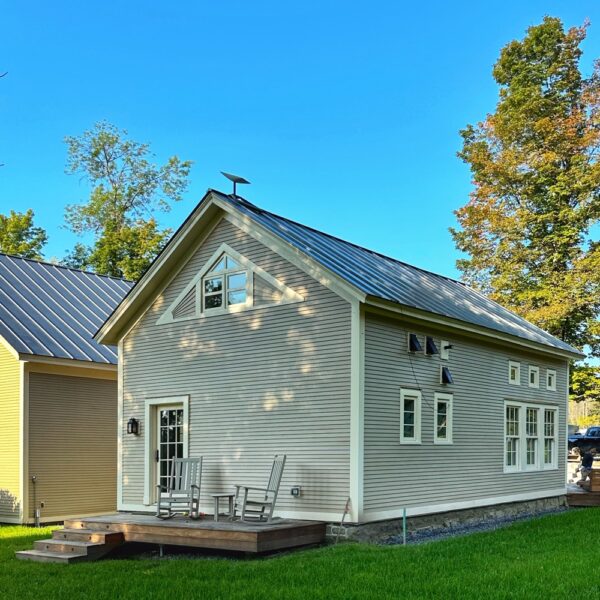
After installing the receiver on the east end, I considered relocating it further west.
Perhaps repositioning the Starlink receiver closer to the middle of the roof (East-to-West) might… resemble a post modern weathervane?!?!
(Source: Starlinking the Icehouse)
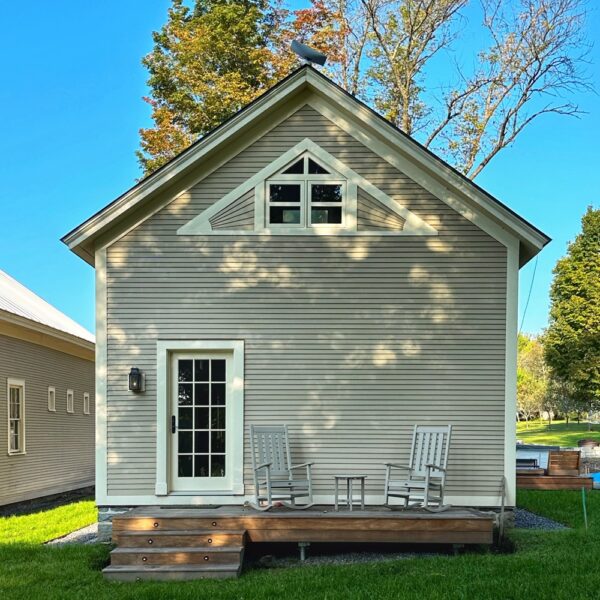
I’ve subsequently opted to postpone relocating the receiver until a towering ash tree is removed this autumn. (Unfortunately the tree is one of several ash trees that are dying and that risk being toppled during a weather event and potentially damaging buildings. It’s been a difficult decision to make, but after a large maple was blown down several weeks ago, the reality has become clear.)
I suspect that service will improve once the tree no longer obstructs a portion of the satellite range. Until then let’s dig in to the data provided by the Starlink app.
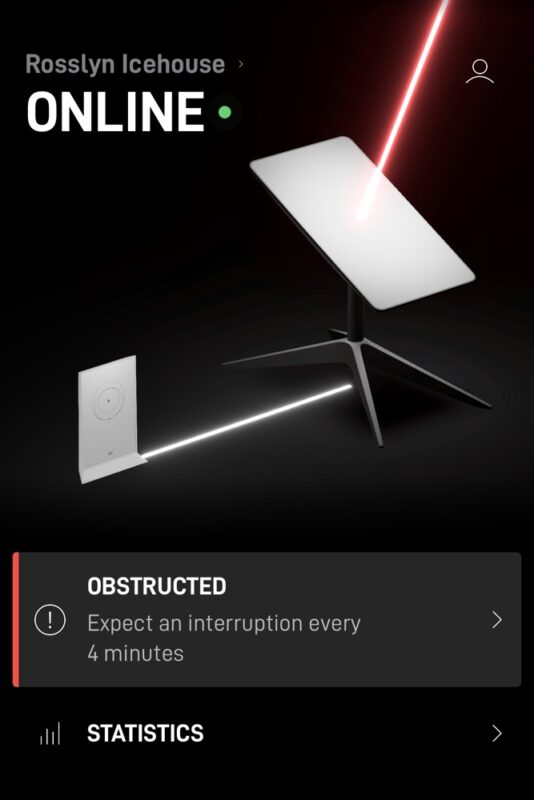
A graphic representation below helps illustrate the connectivity shadow, but first let’s look at the effective impact.
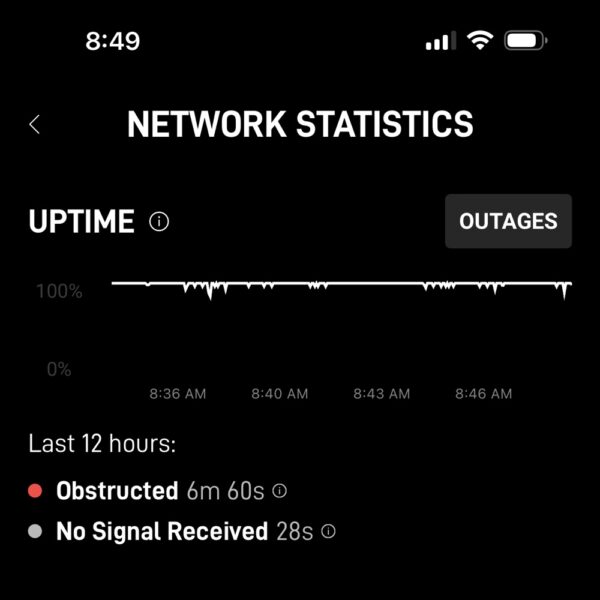
Six minutes and 60 seconds (isn’t that seven minutes?!?!) of obstructed time over the last 12 hours actually doesn’t seem that bad. Not perfect, perhaps. But the truth is, I haven’t really been aware of it.
Here’s a partial connectivity “dome” with just a hint of the obstruction (red) near the top.
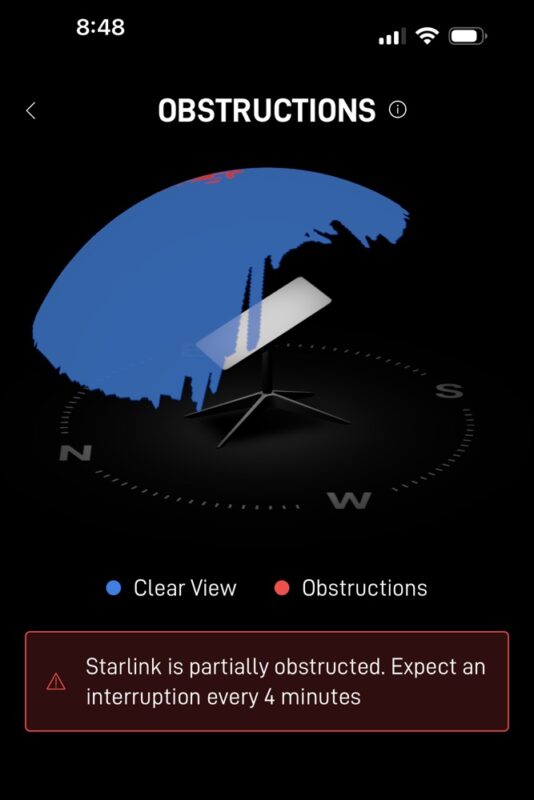
This next screen grab represents the entire obstruction, at least partially caused by the ash tree that must be removed.
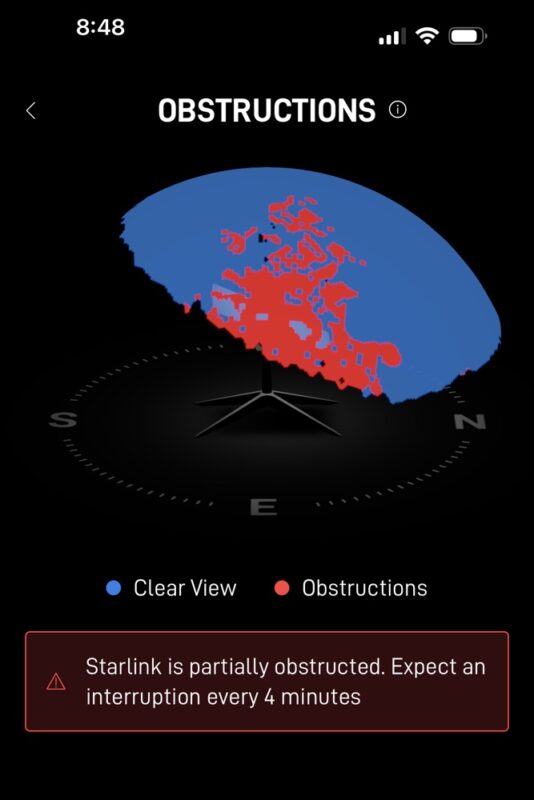
A more granular look into the actual outage log provides a surprising abundance of obstruction incidents hour-to-hour.
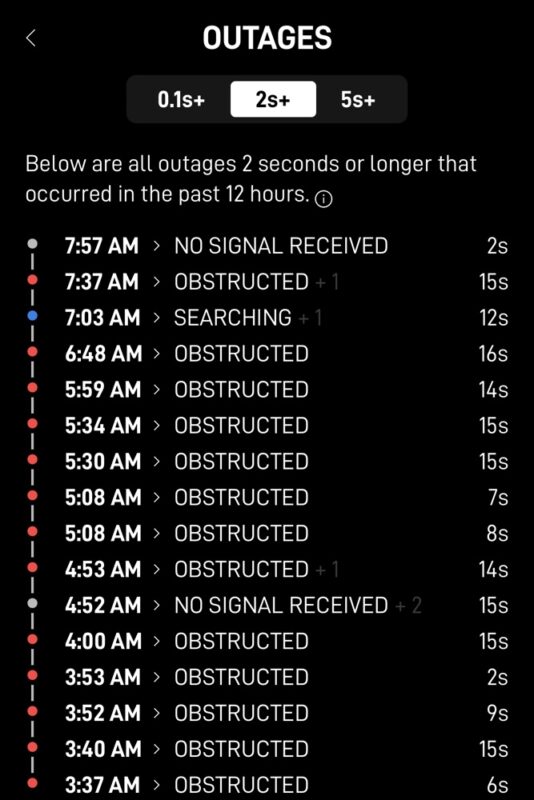
And, while I have no reason to doubt the data, I find it a little bit difficult to square with my positive experience using Starlink in the icehouse. I’ve been unaware of the outages. In addition to working online much of the day, Sonos streams music from sun up to sundown. No problems. Perhaps built-in buffering technology ameliorates the impact of outages?
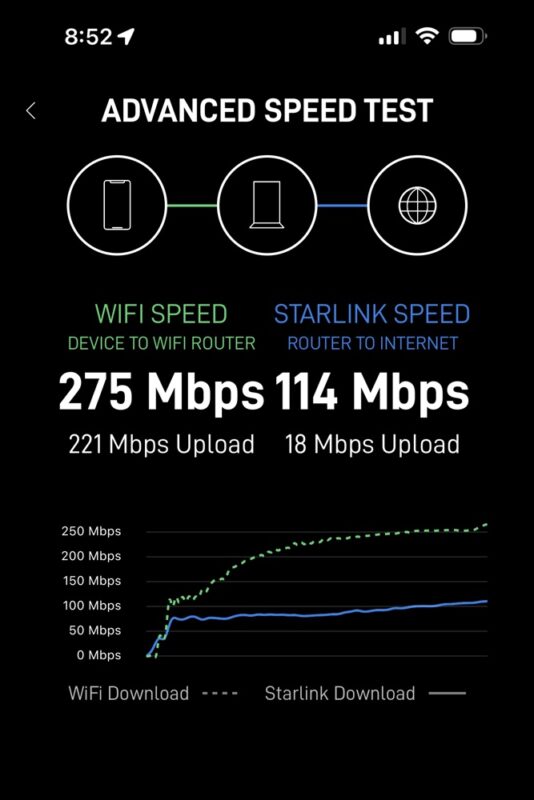
And when we look at the download times, the speed is a significant improvement over what we’ve experienced in the past via our cable internet service provider. And that reminds me that I should run a parallel analysis asap to see how they compare.
Stay tuned…
Far too much detail for my weary brain (-: Just tell me, do you like starlink or not???
p.s. I like the idea of it looking like a weather vane (-: Bobbi Atz
I like it. Actually, we’re using it in Santa Fe as well, and so far both installations are outperforming viable alternatives.